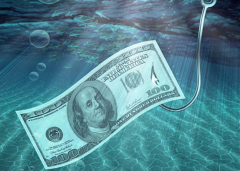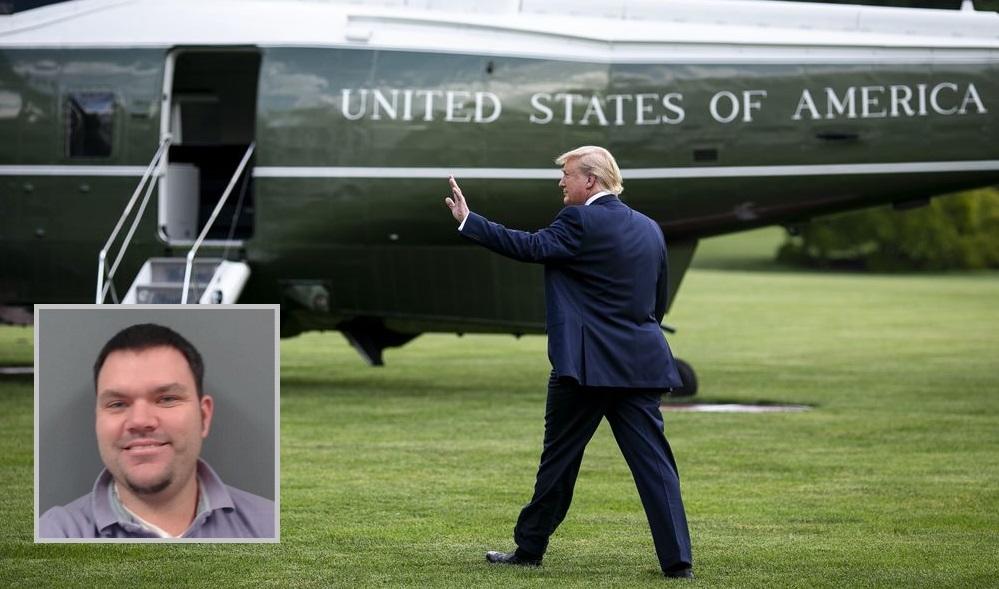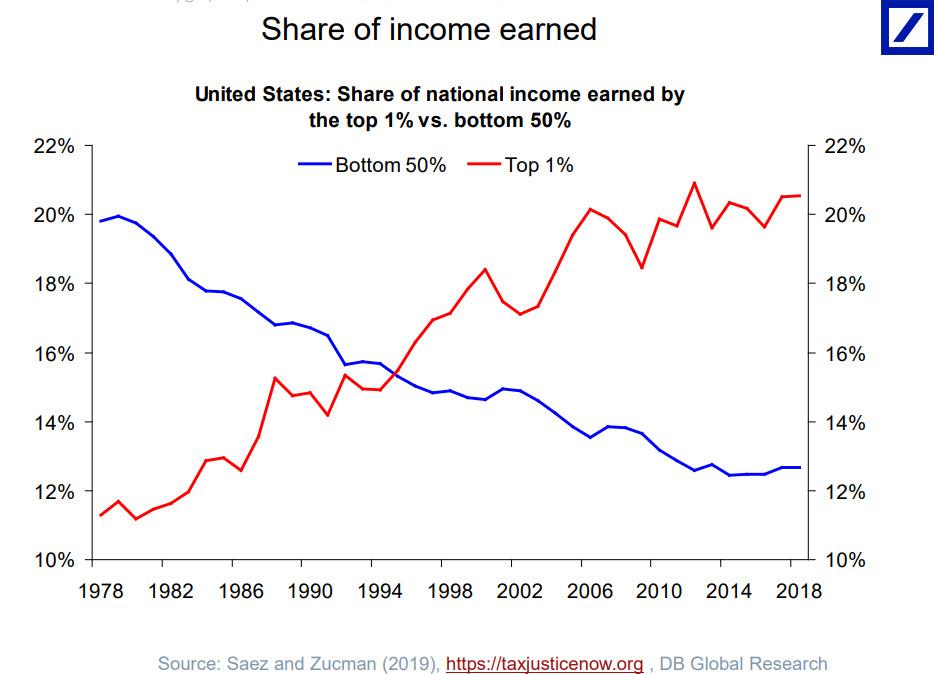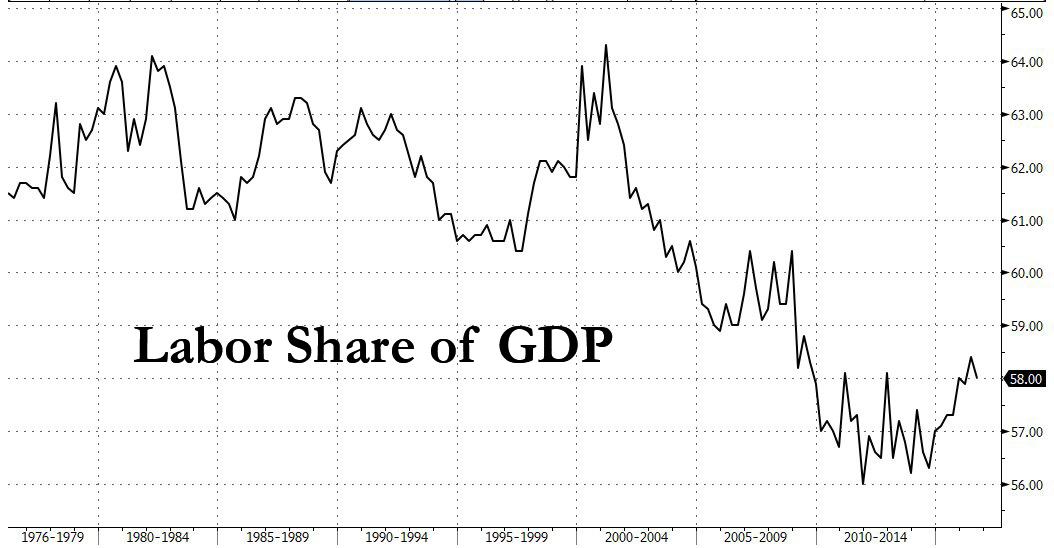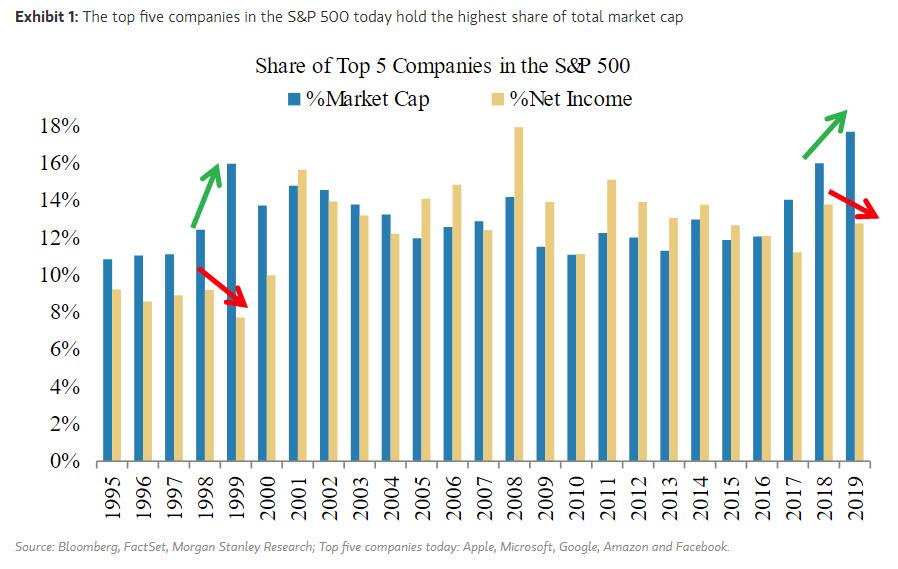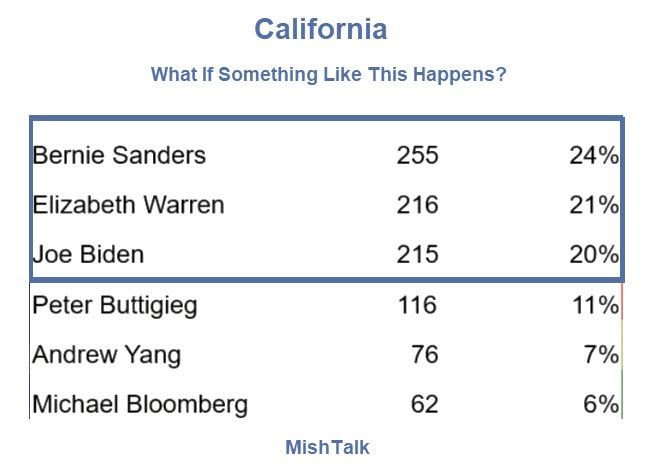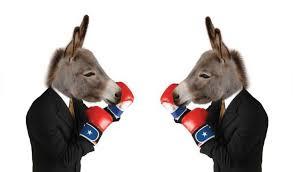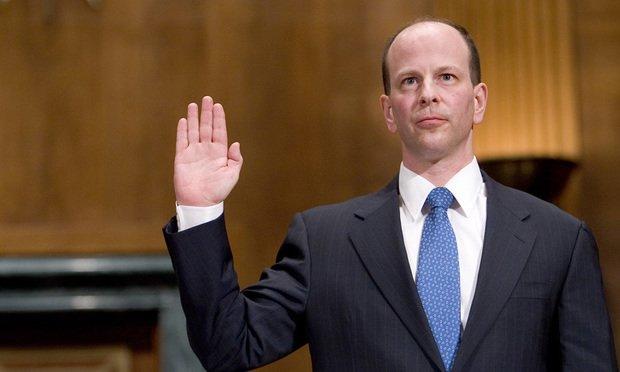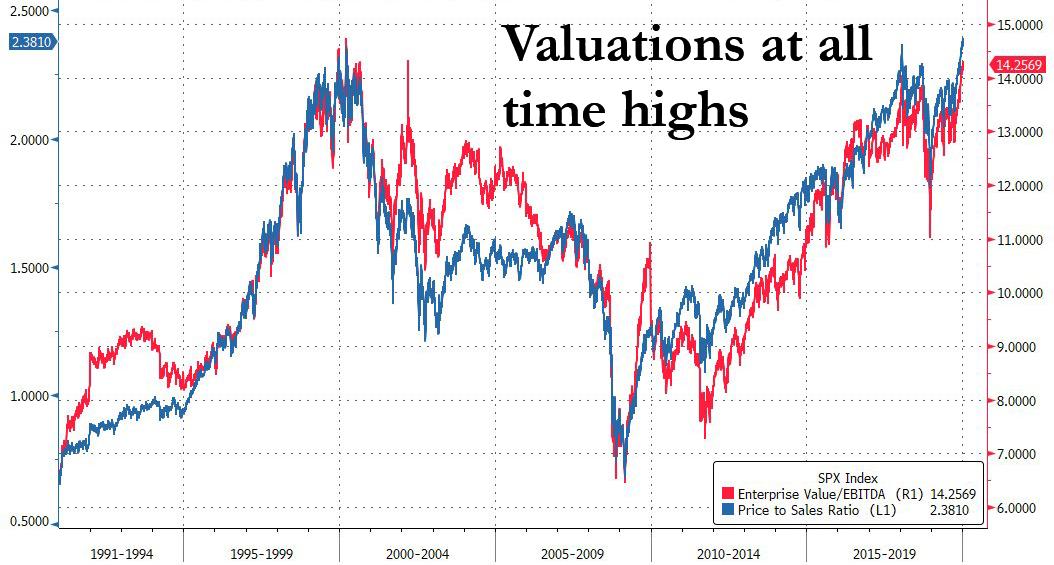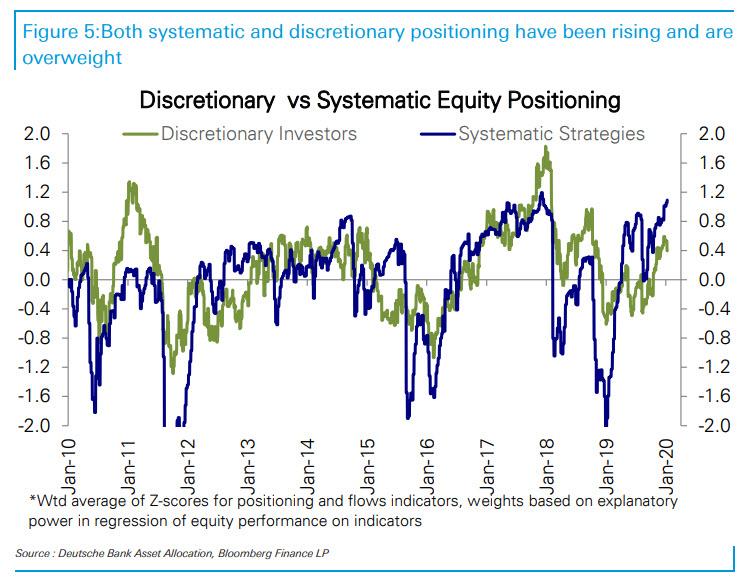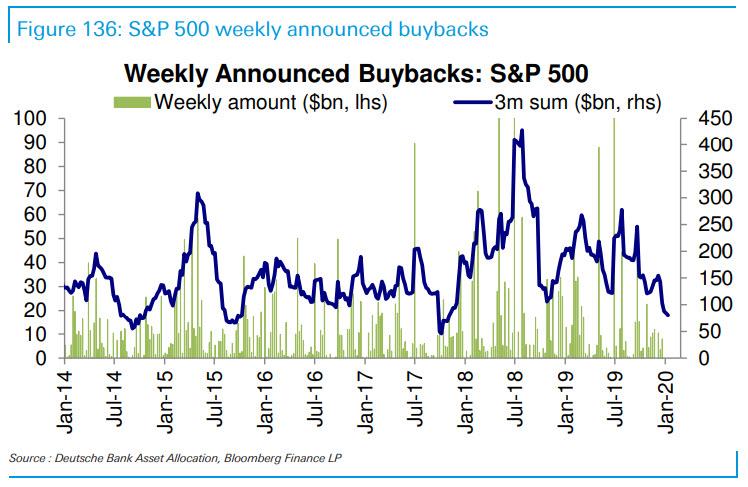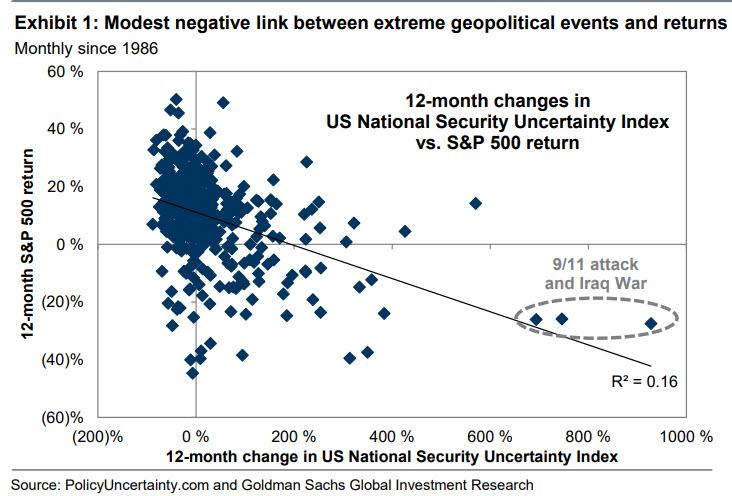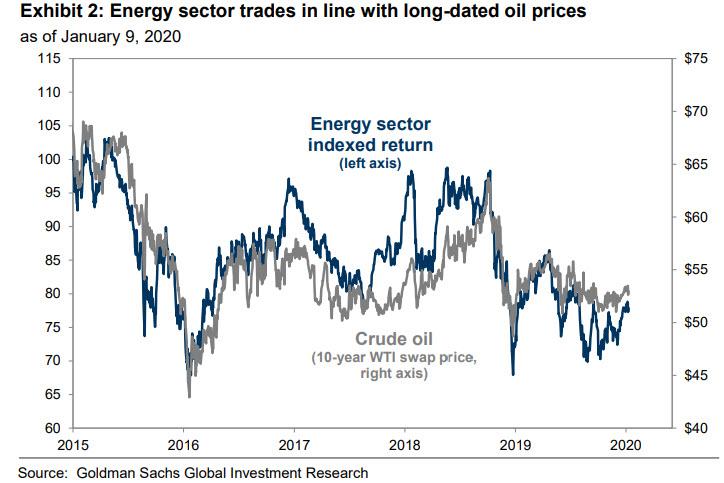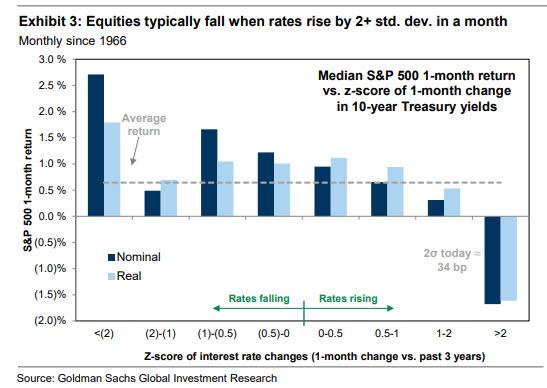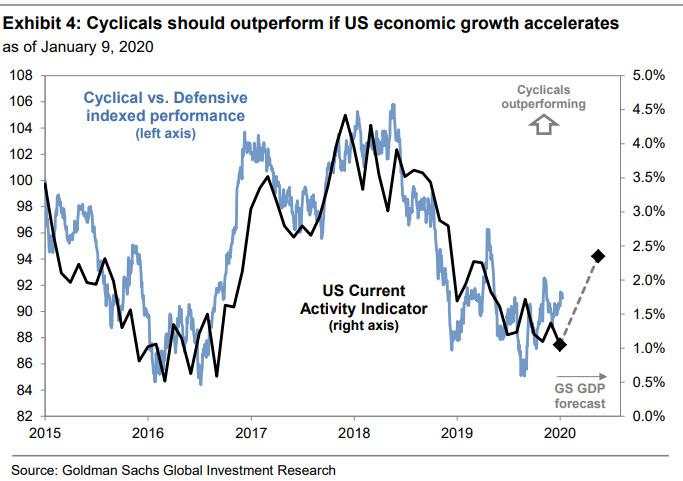Universal Basic Income: A Dream Come True For Despots
Authored by Antony Sammeroff via The Mises Institute,
I’m sitting in the pub after a Skeptics Society meet up. I don’t go very often, but there was a famous author speaking, and living (as most of us do these days) in something of a social media bubble, this is a rare opportunity for me to actually get a window into what thinking people outside of my circle have to say on some of the issues of the day. A warm chat ensues over a pint with a couple of the other attendees, when miraculously the conversation at my table turns to the universal basic income (UBI). My neighbour gushes with vigour over its merits. He eagerly vows that it will solve innumerable problems facing our civilisation and I get the feeling he has been spreading the gospel at every available turn because this idea is the crucial one. If only he can get enough people to believe it…
I abstain from mentioning my book as I don’t want to prejudice his answers to any of my questions. I politely wait my turn, and then ask a simple question: “What do you think the potential disadvantages of the basic income would be, then?”
He replies, “There aren’t any.”
Trade-Offs Are Inescapable
Despite the heated disagreements between economists on just about every issue under the sun, there is probably one point that they are all actually unanimous on. That is the fact that every policy has winners and losers. Given that human wants are infinite but our means towards attaining those wants are limited, policies, by their nature, advantage some groups at the expense of others.
But the universal basic income seems unaffected. It’s going to cure poverty, eliminate stress, reduce crime, unleash entrepreneurship, emancipate women, save us from AI, and fight climate change. I’m not not exaggerating. I googled, and there are multiple articles claiming that, not only will the UBI save the economy from flatlining due to a lack of consumer demand by increasing consumption, but somehow also put a halt to global warming as well — contradictory as these two aims may seem.
Is the UBI is a flying unicorn that poops rainbows?
Perhaps so. Perhaps the laws of economics will be nullified around the good intentions of its advocates. Such is the strength and cavalier nature of the latter’s idealism.
Perhaps I’m being a little harsh on budding idealists, though. After all, this lad doesn’t have a background in economics, does he? He’s just looking for an easy way to save the world. Surely I should pick on someone my own size. Professional advocates of the UBI are bound to be more evenhanded in their consideration of the comparative advantages and disadvantages of the program and present a more nuanced view, aren’t they?
Well, not according to the titles of their books …
Rutger Bregman comes right out and calls his book advocating the UBI Utopia for Realists.
Annie Lowrey’s book Give People Money carries the subtitle “How a Universal Basic Income Would End Poverty, Revolutionize Work, and Remake the World.”
Andy Stern and Lee Kravitz’s book Raising the Floor carries a subtitle claiming the UBI will, “Renew Our Economy and Rebuild the American Dream.”
Phillipe Van Parijs and Yannick Vanderborght entitled their book Basic Income: A Radical Proposal for a Free Society and a Sane Economy.
This boundless idealism scares me.
The Russians were also offered utopia after the tsars, as were the Chinese when Mao came to power. So if I deviate from my so-far-ecumenical tone in this new coda, it’s in part because people seem to too readily forget what the road to hell is paved with.
Trusting the World’s Regimes to Do Good?
Most people agree that politics is a dirty game and that political powers will inevitably be used to further the agenda of officeholders and their cronies. That said, despite being immersed in the current thinking regarding UBI for three years now, I have seen precious little worrying as to what the government — or a future government — might actually do once it has seized control over everyone’s purse strings.
After all, these governments are composed of the same people who launched a permanent war in the Middle East, wasting trillions of dollars on destroying millions of lives. These governments bailed out the banks from the public purse and gave themselves raises after telling the rest of the nation we had to tighten our belts. They have robbed the young of the opportunity to own a home by sending house prices through the roof and mean to leave them a nation in ruinous debt. They continue locking away huge numbers of people for decades for victimless crimes, leaving their children to be raised single-handed. They created an oligopoly of higher education provision forcing generations into student debt that cannot be defaulted on, and healthcare systems that are so restrictive that people must pay inordinate sums to get care or are otherwise forced onto government waiting lists so long that many of their conditions are chronic or untreatable before they are seen to.
Am I the only one who thinks these powers may be used for evil rather than good?
China’s “Credit System”
One such cautionary tale may be found in China.
If we take a look across to China, where they are instituting a “social credit system,” we might glean some insight into what may be in store for us with the UBI.
Under the Chinese social credit system the government judges their citizens’ behaviour and trustworthiness in order to assign each person a rating out of one thousand which the state can then improve or dock. If people play their music too loud, don’t pay a court bill, owe the government money, or are caught jaywalking, for example, they can lose certain rights, such as booking flights or train tickets. The government can have an individual’s internet speed throttled, or exclude a person from getting the best jobs. Parents can have their children banned from the best schools, be excluded from the best hotels, be publicly named and shamed as “bad citizens,” and even have the family dog taken away.
Now a basic income guarantee may begin universal, but as the years wear on and it proves expensive to provide, it might be that corners have to be cut in order to ensure its continued fungibility. Hardly anyone will object to the UBI being withdrawn from criminals, for example. And then perhaps for antisocial behaviour. People may have their universal basic income docked for committing petty crimes like littering the street. A few might moan that this is the beginning of a government social engineering program, but to most people this will seem like a quite a sensible and reasonable measure. After all, we all “benefit” from the benevolence of society providing our roads and schools, and now our basic income. So if some choose to repay society in disrespect, with such vulgar behaviour as littering, throwing away the ends of cigarettes, spitting on the street, failing to remove their dog foul, or what have you, why should society continue to furnish them with the fullness of a basic income? Besides, if their basic income is docked for several months they are unlikely to repeat the crime — they will soon learn their lesson. It will save money on law enforcement, lengthy court trials, and prison sentences as well, all of which are costly. Clipping people’s basic income will soon seem the most sensible and appropriate response to many crimes and misdemeanours. People may be sanctioned for things like not sorting out their recycling. After all, the government provides garbage disposal for us, and the environment is at stake. Governments are already looking at sanctioning people for this kind of behaviour, so the step would not be much of a leap. These steps will simply be designed to acclimatize people to the idea of being “nudged” in the right direction before more radical measures are taken to use the UBI to shape their behaviour.
In China people can have their social credit score docked for buying too many videogames. Under the UBI, there are bound to be complaints that some people are taking advantage of the system but are not contributing, and that that is bad for them as well as for society. It will therefore seem sensible to save money, and encourage people into better habits, by docking their universal basic income if they spend too much time playing on the computer, on clicking around on social media. The government will likely have many bright ideas as to what kind of activities they should be getting up to instead. They may soon also want to reward people for good behaviour, like contributing to charity or volunteering. But how long can such a system remain impartial? How long before people start creating malignant causes to launder and take advantage of free government money? How long before the government starts to select which causes are worthy and which are not? The government rewarding specific activities with public funds supplants the market system with a “bribocracy” where people can climb the ladder not by directly providing goods and services that others are willing to pay for, but by finding out what the government approves of and collecting brownie points. If spying on neighbors and reporting their so-called antisocial behaviour qualifies, then the government will have found a role for the new class of sycophants — the idea becomes all the scarier. It would not be the first time governments have called upon their citizens to tell on their neighbor.
In China people can have their social credit score docked for posting fake news online. We may, of course, ask, fake according to whom? After all, the Chinese government maintains that the Tienanmen Square Massacre of 1989 was “fake news” drummed up by the West to undermine the regime. Closer to home, the mainstream media was entirely complicit in selling the war on Iraq to the public, but I very much doubt we will see people being sanctioned for posting news from mainstream sources such as the BBC or MSNBC. Our leaders are above falsifying our historic records and sending embarrassing incidents down the memory hole for permanent deletion. The purse strings of the universal basic income also present a grave threat to freedom of speech. Anyone who has been following the “woke wars” on Twitter and other social media platforms will have heard of people receiving lifetime bans for tweeting things like “Men are never women.” Now whether you believe such a message is transphobic or otherwise, you may at least believe that someone has the right to tweet it, and be duly educated as to the wrongs of their action by other users. The universal basic income could easily become the new weapon to wield against those who hold unpopular opinions or those that are simply no longer politically correct. It will be first used to strike against unpopular groups such as racists, misogynists, homophobes, and bigots. Not many people will come to their defense when they lose their basic income for spreading hate. But one day you yourself may hold an unpopular opinion that is relatively benign. Maybe you will say that people shouldn’t have their basic income docked just because they say unpopular things on the internet. You will not just be slapped with a Twitter ban, you will potentially lose $1000 a month.
Conservative Charles Murray states in Losing Ground, his book advocating the UBI, that it would require people to have a “universal passport” and “known bank account.” I don’t think it’s unrealistic to imagine that people may soon be forced to accept a mandatory government ID card in order to claim their basic income. Before long they will be asked to show it in order to get into venues and government buildings. Then at the airport to get on a plane. Then simply to board a train or a bus. Then to get into a bar. Then to get into a restaurant. Then show it to any policeman who asks to see it. Before long, every public place we go we’ll be asked to show our ID card. Failure to produce it may result in a penalty to our UBI. You will need to show your ID card in order to vote, and before long not voting may result in a penalty to your UBI as well. In a time of war you will be asked to enlist in the military or risk losing your UBI for denying your patriotic duty. Just as states freeze the assets of suspected fraudsters, they will soon be freezing the “known bank accounts” of political dissidents. By the time they come for those with radical ideas about freedom from government tyranny there will be precious few left to speak out for us.
Far from creating a futuristic utopia where — once our security needs are met — we are all liberated to pursue our dreams, become great scientists, scholars, artists, and entrepreneurs, the universal basic income threatens a totalitarian horror the likes of which we are used to seeing imagined only on The Twilight Zone and The Outer Limits.
Certainly the poor, who depend solely on their handouts to survive, will quickly become very cautious of what they say and do, but even reasonably affluent people will think twice before risking a sum that is high enough to live on. The UBI will institutionalise the state as each of our patrons — and us as wards of the state. Once this relationship is established we will enter into a frightening era where the government is our provider and the UBI can easily be weaponized by our rulers to shape us into compliance.
Tyler Durden
Sun, 01/12/2020 – 16:50
via ZeroHedge News https://ift.tt/2FHndSK Tyler Durden
